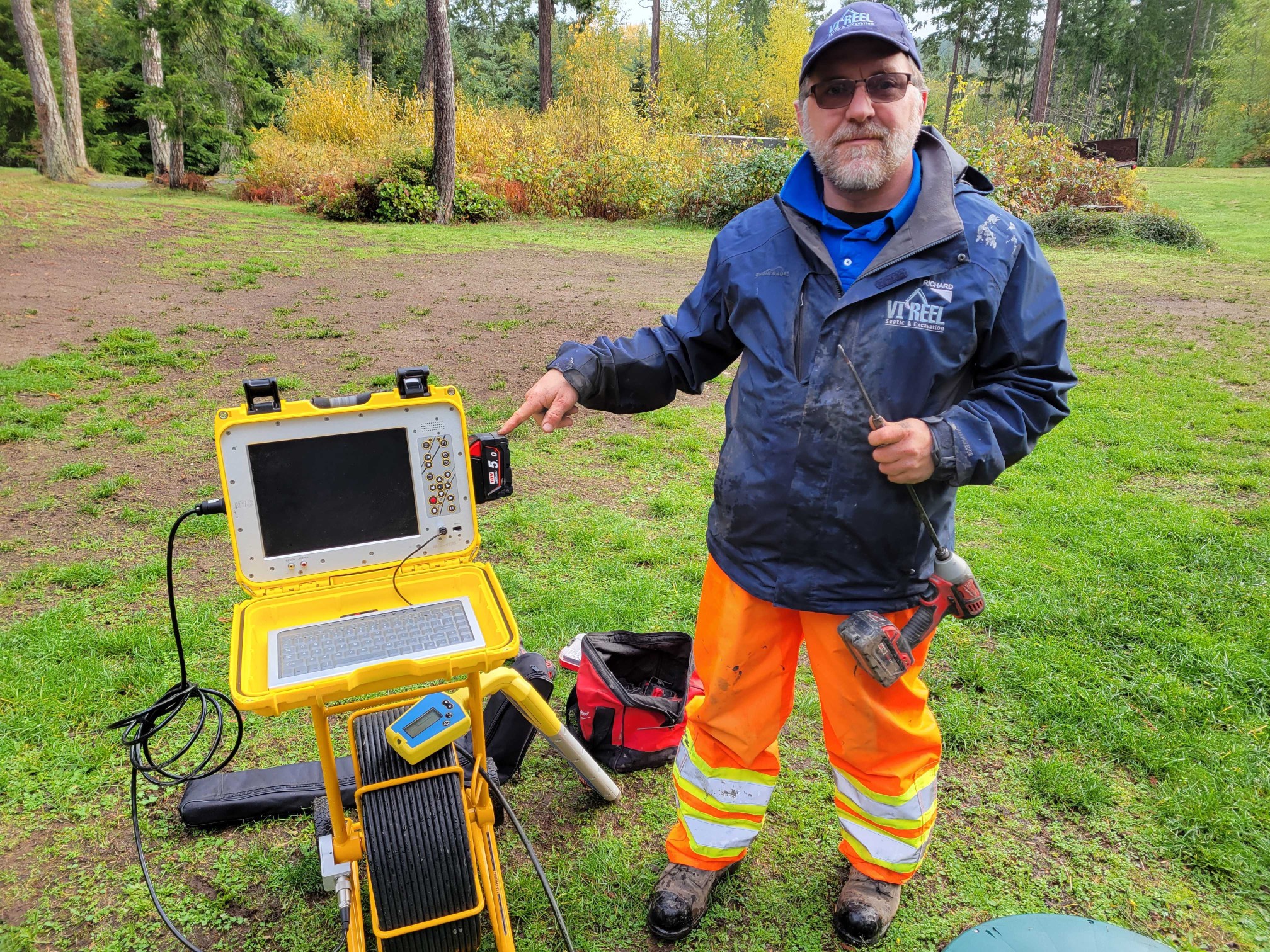In the field of septic system installations, accuracy and efficiency are paramount. Traditionally, these systems required extensive manual planning and physical labor, often leading to increased costs and potential errors. Today, advancements in technology, particularly GPS-guided techniques, are revolutionizing the process. These modern methods not only enhance precision but also streamline the entire installation process, making it faster and more cost-effective.
The Role of GPS in Septic System Installations
GPS technology has transformed how septic systems are installed. It provides precise location data, allowing professionals to accurately map out installation sites. This accuracy is crucial for avoiding underground utilities, which, if disturbed, can lead to costly and dangerous errors. By ensuring exact placement and digging, GPS-guided equipment aligns the system’s layout with planned specifications, improving adherence to environmental regulations and reducing potential system failures. Additionally, GPS technology speeds up the installation process and cuts down labor costs by reducing the time and manual effort required compared to traditional methods.
Benefits of GPS-Guided Septic Installations
GPS technology significantly enhances septic system installations in several ways. Here are the main benefits explained:
- Increased Accuracy: GPS technology provides precise location data, which ensures that septic systems are installed exactly where they need to be. This precision is crucial for avoiding potential conflicts with existing underground utilities and for ensuring that the system aligns perfectly with designed specifications. Accurate placement reduces the risk of system failures and ensures compliance with environmental regulations.
- Time Efficiency: GPS-guided installations are much faster than traditional methods. By using GPS, the time needed for surveying, mapping, and excavating is greatly reduced. This efficiency translates into shorter project timelines, which can significantly lower labor costs and minimize the disruption to the property.
- Reduced Environmental Impact: With the precise digging and placement capabilities of GPS, there is less unnecessary excavation, which means less disruption to the site and surrounding environment. This targeted approach helps preserve the natural landscape and reduces the amount of earth that needs to be moved and subsequently restored.
- Cost Savings: The combination of reduced labor hours and faster completion times leads to direct cost savings for both the service provider and the client. Additionally, the accuracy provided by GPS technology can prevent costly mistakes, such as damaging existing infrastructure, which might require expensive repairs.
- Enhanced Compliance: Using GPS helps ensure that installations comply with stringent environmental and health safety standards. GPS data can be used to document the exact placement and depth of the septic system components, which is often required by regulatory agencies.
Integration of GPS with Other Technological Advancements
GPS technology is often integrated with other advanced tools to further improve septic system installations. For instance, drone technology is used to survey large areas quickly and to provide real-time data that can be used for better planning and execution of septic system projects. Advanced imaging techniques, like ground-penetrating radar, complement GPS data by helping to identify underground features that are crucial for the design of effective septic systems. These integrations not only enhance the accuracy of installations but also contribute to safer and more compliant septic system operations.
Challenges and Considerations
While the adoption of GPS-guided techniques in septic system installations offers numerous advantages, there are also challenges to consider. The initial cost of acquiring advanced GPS equipment can be significant, which may be a barrier for smaller contractors or companies. There is also a learning curve associated with using this technology effectively. Training personnel to operate GPS-guided equipment and interpret data correctly is essential but can be time-consuming and resource-intensive. Moreover, depending on the region, there may be regulatory hurdles to integrate such advanced technology into standard practices, requiring additional time and effort to navigate.
Despite these challenges, the long-term benefits of integrating GPS technology into septic system installations—such as increased efficiency, accuracy, and reduced environmental impact—outweigh the initial difficulties. It’s important for companies to assess their capability to invest in and adapt to these technologies to stay competitive in the evolving landscape of septic system installation.
Conclusion
As the septic system installation industry continues to evolve, embracing advanced technologies like GPS can significantly enhance service delivery and operational efficiency. Virrel.ca is at the forefront of this innovation, offering expert septic and excavation services that leverage the latest in GPS technology to ensure precision and reliability. Whether you’re looking to install a new system or need expert advice on maintaining an existing one, Vireel.ca has the technology and expertise to meet your needs.
For more information on how our GPS-guided installation services can benefit your project, visit Vireel.ca today. Let us help you achieve the best possible results with the highest standards of accuracy and environmental safety. Contact Vireel.ca to start your project with confidence.


